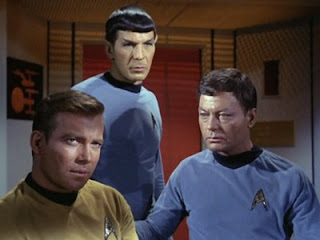
Let me start with the question ' Do Loyalty schemes bring in customers?'
Want the simple answer?. Well, the simple answer is, probably not on their own. In markets where there is little to choose from in terms of product differentiation and where there are no dominant brands whose name on their own makes things taste better, loyalty schemes can sometimes influence the customer's choice. And when we remember the conventional wisdom that it is far cheaper to keep an existing customer than to secure new ones, loyalty is even more important.
Driving up loyalty is seen as the main way of retaining an organisations valuable customers. This does not mean treating them well to the detriment of the remaining customers but actually means - treating all customers better - treating the most valuable customers even better!!
But in the loyalty crazy environment of today, the ease with which customers switch from scheme to scheme is highlighted by the number of loyalty cards available and the variety held by individuals. Research shows that the big supermarkets have a loyalty card swipe attached to 80% of sales. So despite some of the cynicism that revolves around what really can be redeemed from a consumers point of view, we do make use of these schemes. But a 1% discount can easily be matched or beaten by a competitor. I do not use my local Tesco because of my Clubcard but because its the closest supermarket. Loyaly doesn't register when the petrol light on my dashboard lights up. So how do we really keep customers loyal?
Well, what does being loyal mean? Is it a regular customer? Or is that just as a result of habit? Is it one who gives us a large part of their weekly spend? In the latter, what happens if they become of the competition, or more importantly if the competition become aware of them?! Surely a loyal customer is one who stays with us despite the attentions of the competition or at least tells us that they are considering moving. Now we are talking of a scenario where we have relationship with that customer.
So what is a relationship?
One thing that it is not is a one way bombardment of direct mail, telephone calls, emails, special offers on unrelated products or services. How we define the relationship and subsequently manage it can be based on how we establish and nurture relationships in our own personal lives. Relationships have a set of ground rules:
- There would seem to be the need for some empathy between the parties. An appreciation and understanding of each others needs.
- An understanding that what you show each other is what is inside, there are no secret agendas or requirements. To aid this, a certain amount of transparency is required. You want to speak to them, they need to be able to speak to you
- An acceptance of how the relationship may evolve. People change their minds, or their needs change. Real choices are made in relationships every day
- Relationships are made all the better if there are pleasant surprises or unexpected rewards every now and again. - Some old fashioned good manners are required.
Remember always that in relationship marketing it should be what you can do FOR the customer as opposed to the shorter term view of what you can do TO the customer!
Many organisations rely on the fact that they have a Relationship Marketing Manager or similarly described individual to ensure that all this happens. This does seem like a strange title as most people in an organisation have more contact with the custoemr than this individual! What we have recognised is that from the customers perspective every contact they have with the organisation forms part of the relationship they have with it. This implies that customers and staff need to be involved in defining what the relationship means to them. Relationship marketing is not an add on, therefore, but is core to the communication strategy of an organisation.
This relationship does not have to rely on giveaways. The next credit card will give away more freebies......but will it match your interest rate offer? The loyalty bit of a relationship has a number of key factors influencing it. They are a distillation of the good old marketing mix ( Product, Price, People, Processes, Place, Promotion and Service) given to us at 'Marketing School'.
We define them simply as the quality of the
- service provided
- product offering
- dialogue offered
This is simply a recognition that quality, customer service and marketing activities need to be brought together. Relationship marketing and customer loyalty cannot be treated as separate entities. They form part of of the same ladder which gets individuals from Prospect to Advocate.
So remember, although Bruce Forsyth was right in saying that ''Points make Prizes'' - it's more important to remember the philosophy of Bananarama, ''It ain't what you do, it's the way that you do it. It ain't what you say, it's the way that you say it''



